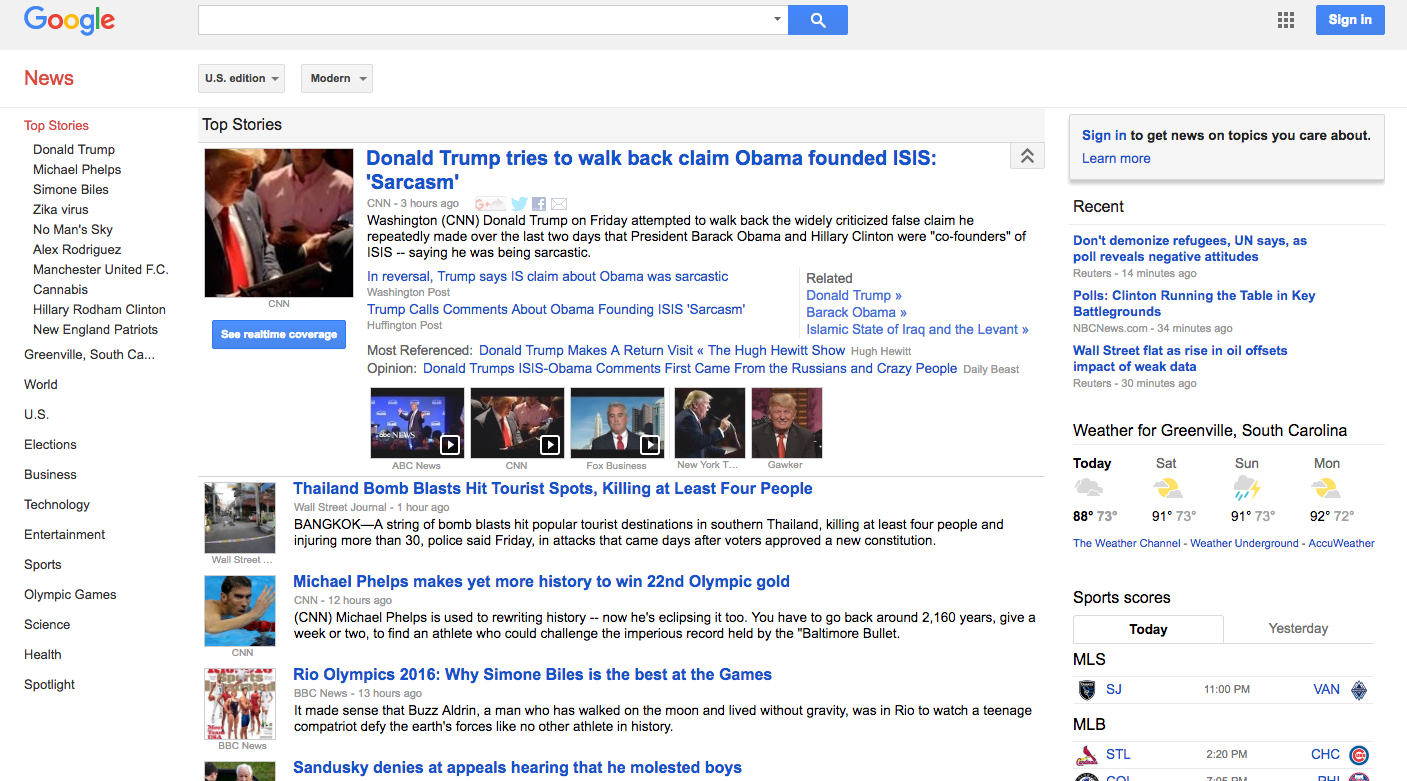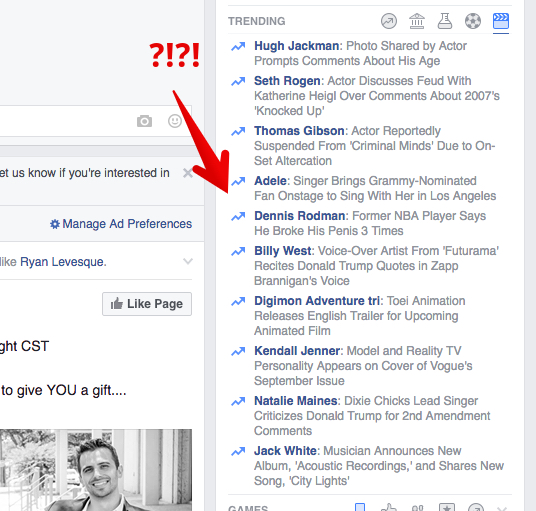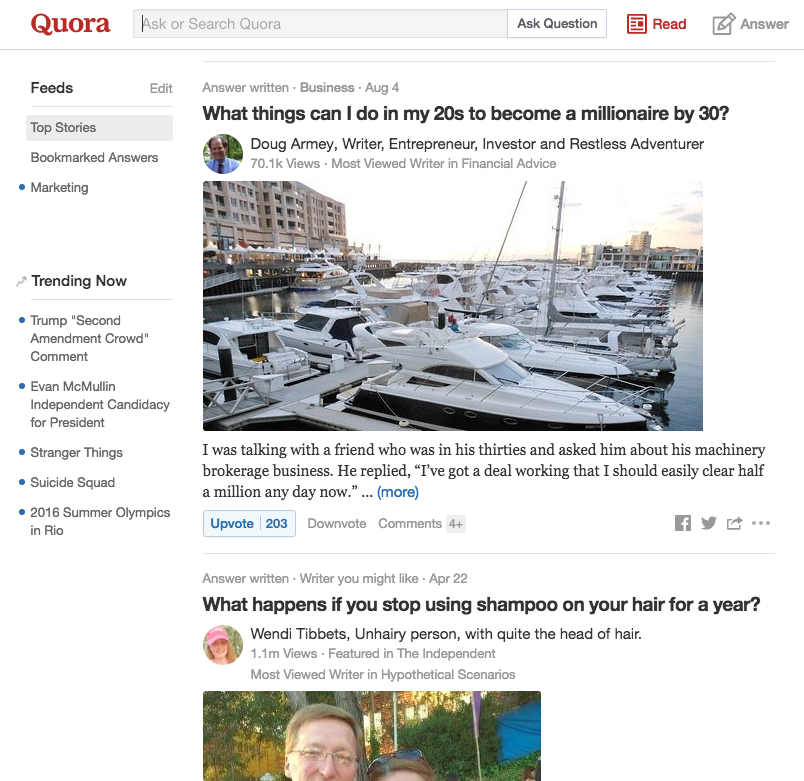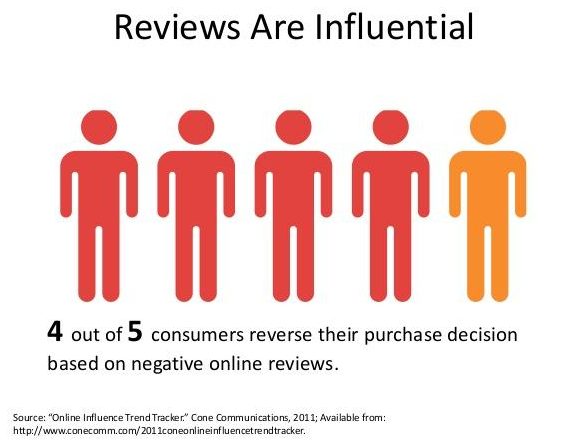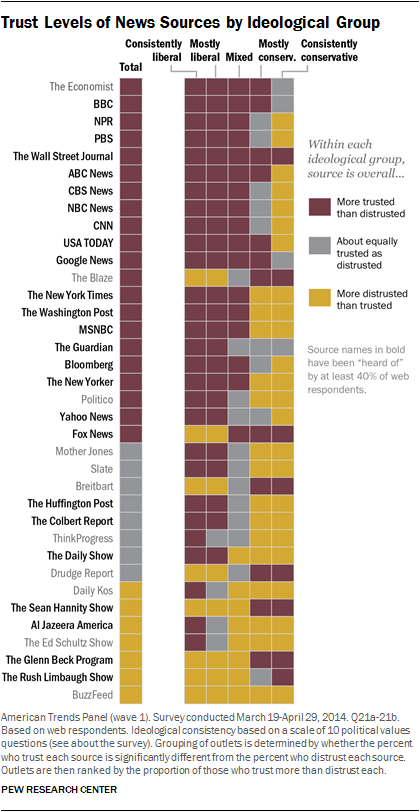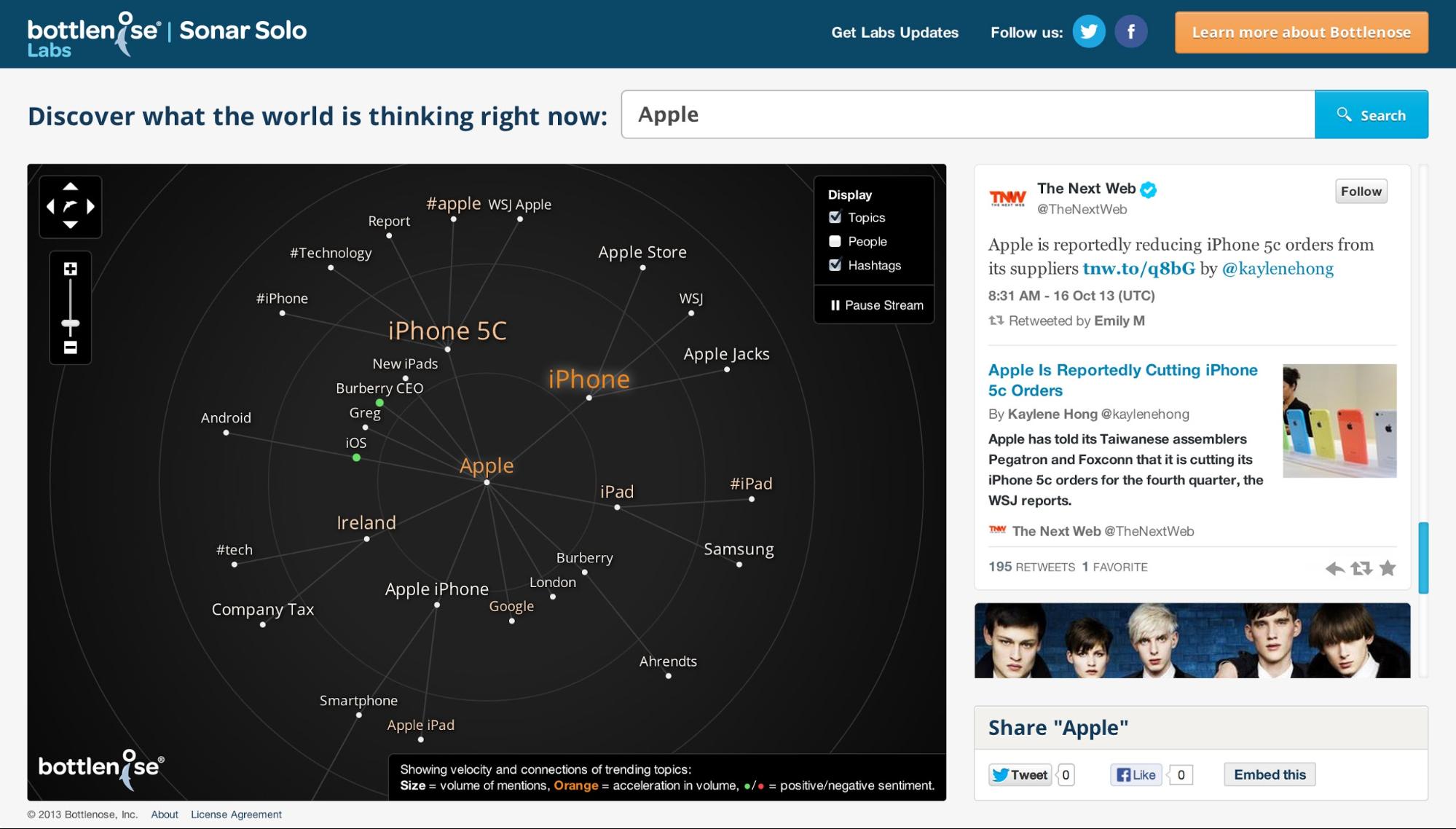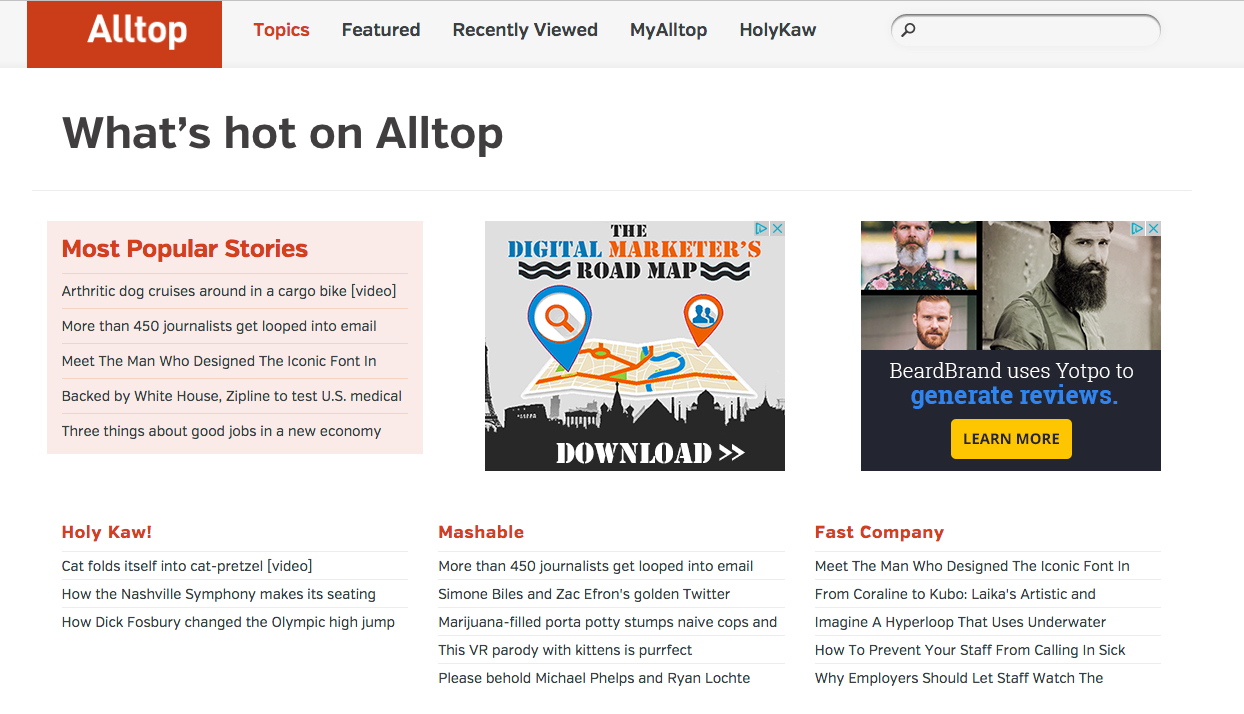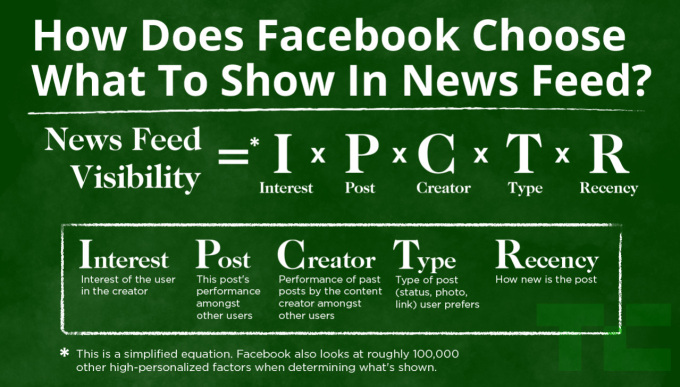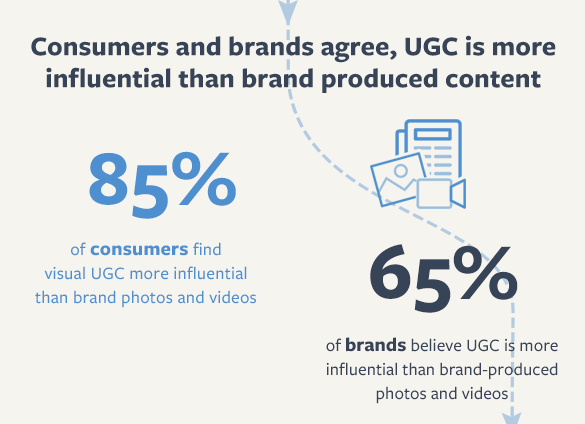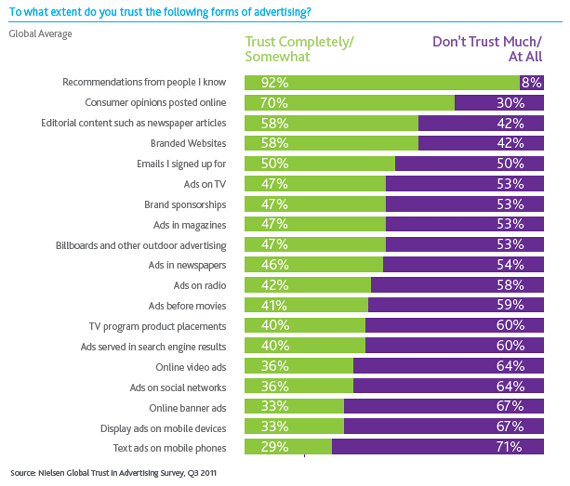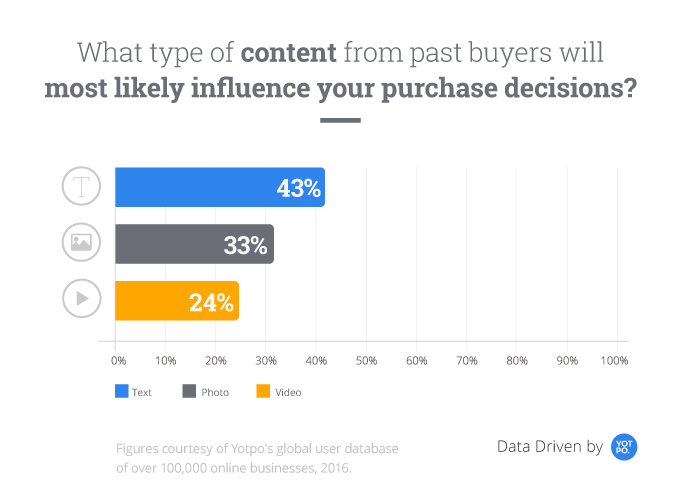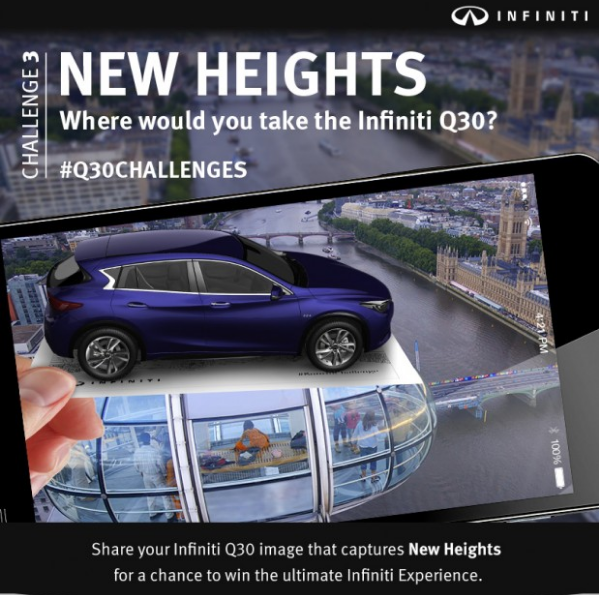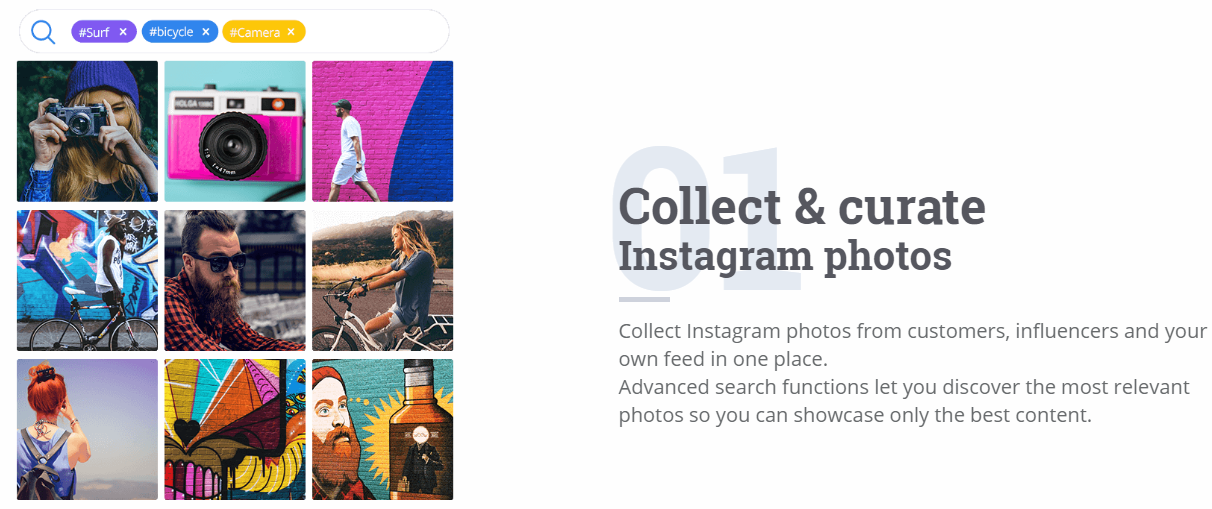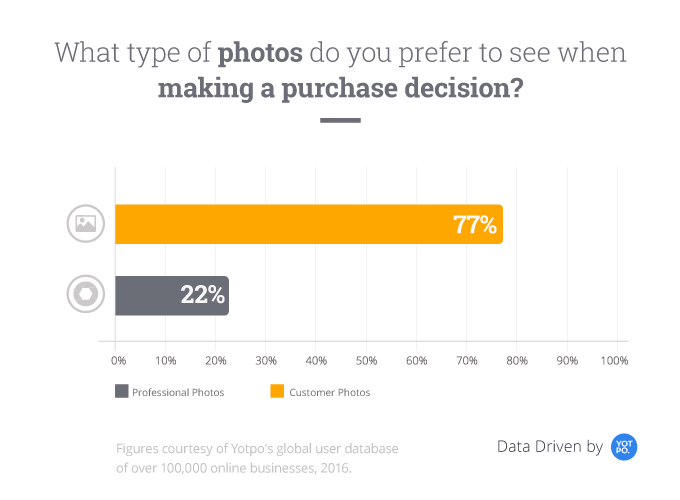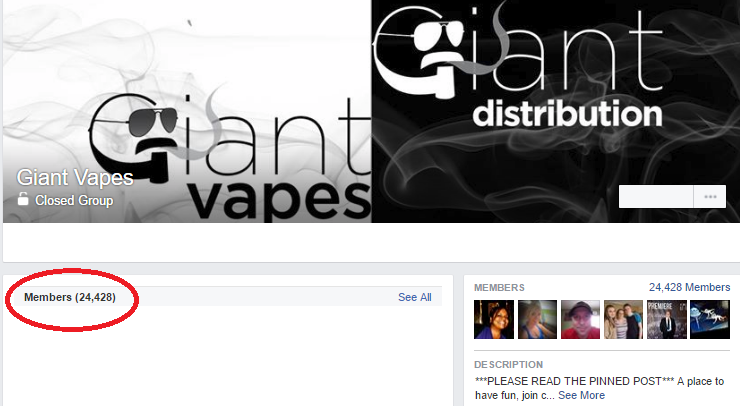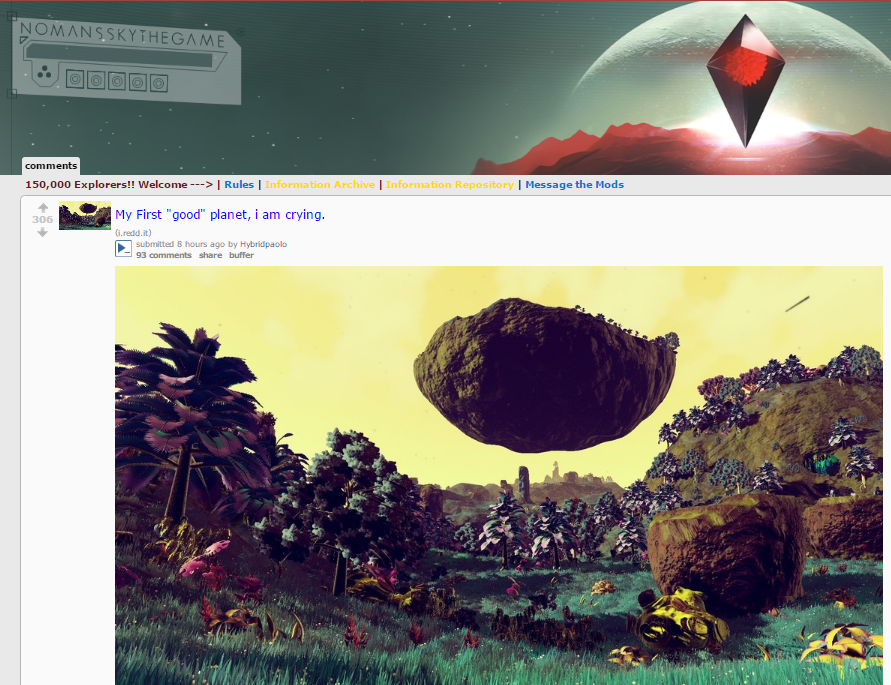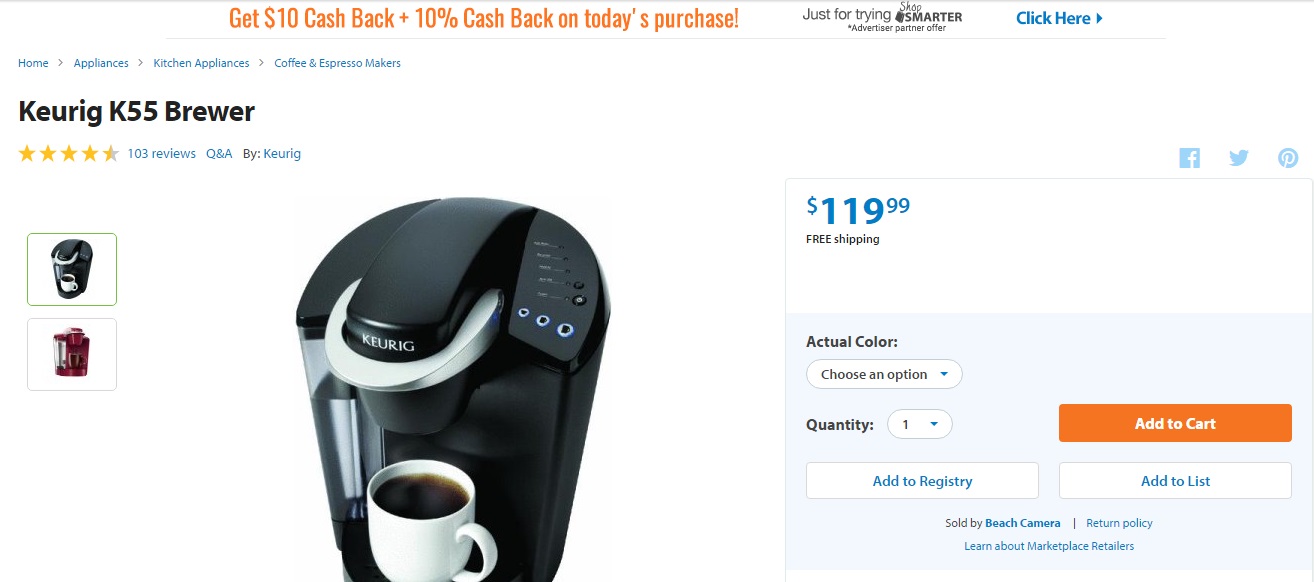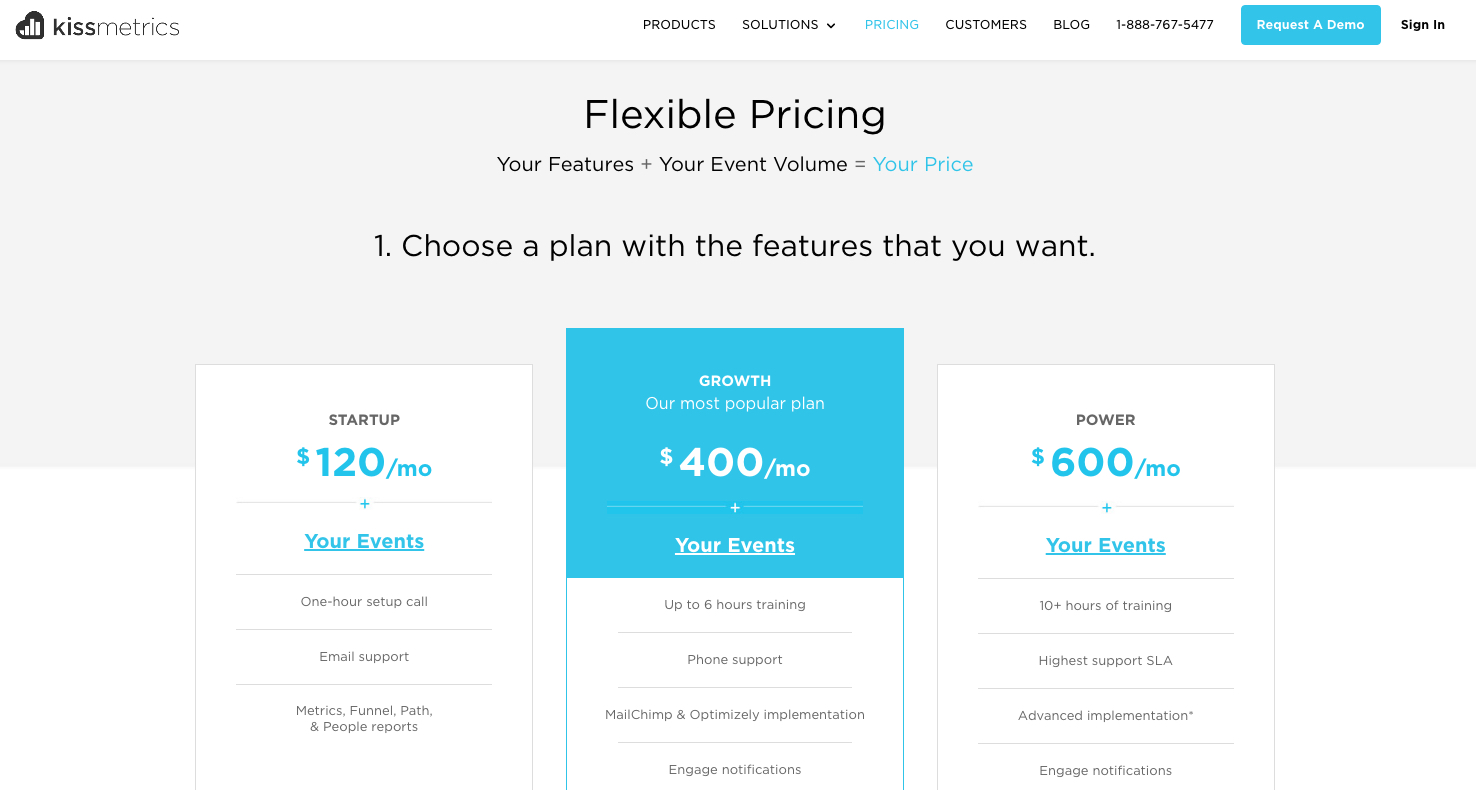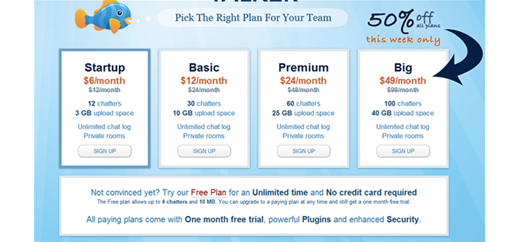Blogging with a purpose increases market share, consumer engagement, revenue growth, and ROI. Of course, you want to do that.
I mean, just look at this:

But a lot of people I know are still stuck on the fundamental question:
What do we blog about?
For brands, the question is easy enough to answer.
You need to understand: 1) what you're selling, 2) to whom you want to sell, and 3) what blog topics are relevant to both.
For individuals or other organizations who want to start a blog to monetize, the question can be a bit trickier.
About a year ago, I came up with an idea. I wanted to show you how to generate $100,000 a month from a new blog.
I picked a topic and have been making progress toward that goal.
But what if you haven't picked a topic yet?
That's why I wrote this article. A great blog has to start with a topic.
These are the types of articles, topics, and approaches that have demonstrated massive success in the past and will continue to do so in the future.
1. Listicles
Marketers have a love/hate relationship with listicles.
They're among the most popular articles online, used by Buzzfeed, defended by the NY Times, and even discussed at this year's SXSW tech conference.
Some people think listicles lack quality. And that could be true for some of them. Listicles, like any form of content marketing, have their pros and cons.
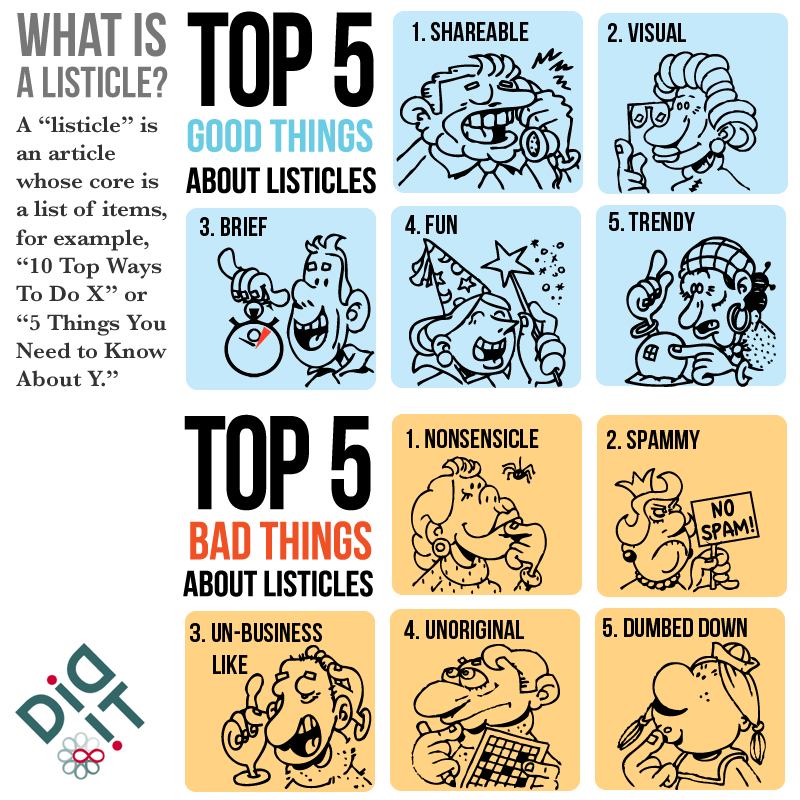
But let's face it, people love to read listicles. It's not just a trend. It's scientifically proven!
That's why the article you're reading right now is a listicle.
2. How-tos
People generally hate reading instruction manuals. When was the last time you snuggled up with a glass of wine and the instruction manual to your toaster?
How do people figure out how to do stuff?
They Google it.
WikiHow became insanely popular based on how-to articles alone.
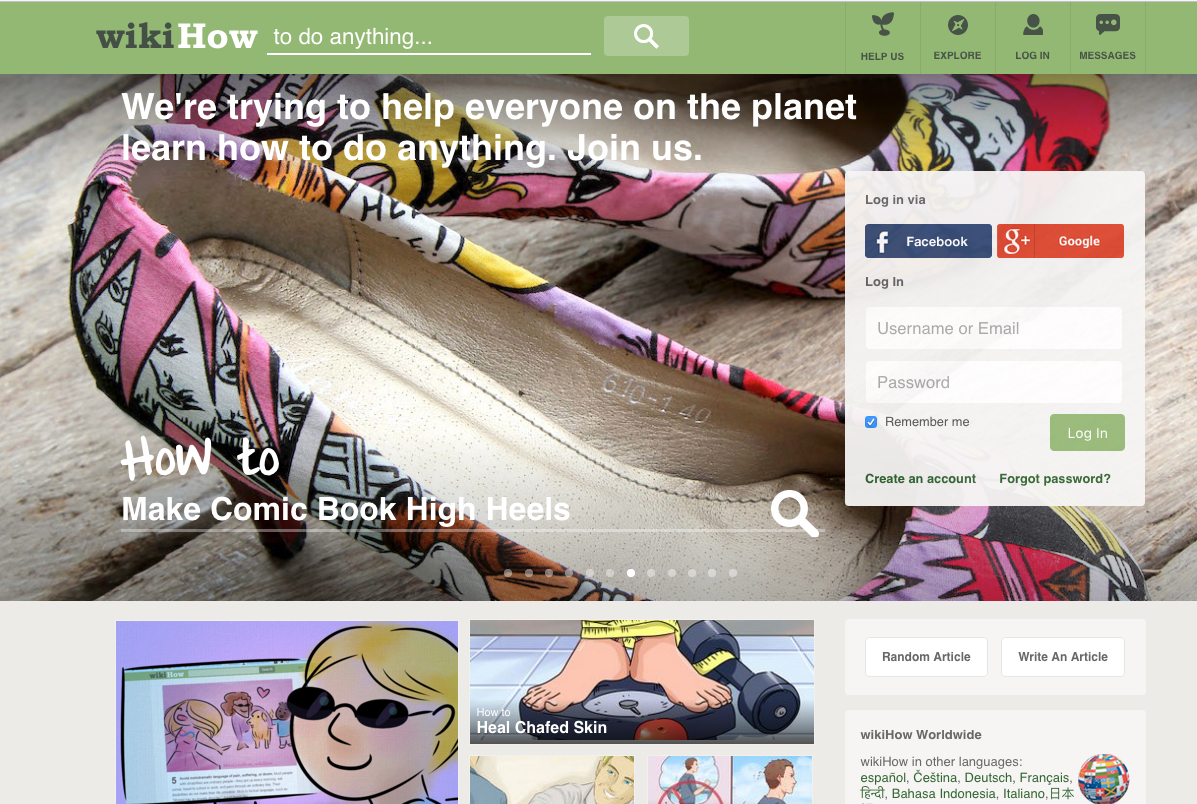
You might be surprised to see the kind of things people are Googling.
If you can find your niche audience, cater to their curiosities, and give them some helpful answers, you can't help but create a popular blog.
3. Politics
Politics are popular during every election year. Whether national or local, find a political topic to discuss, and join this conversation.
Politics can be dicey, however. People tend to get really polarized around political topics, so be prepared to handle some controversy.
4. Bacon
Everyone loves bacon.
Huffington Post is one of the most popular blogs online, and it has an entire archive of bacon articles.
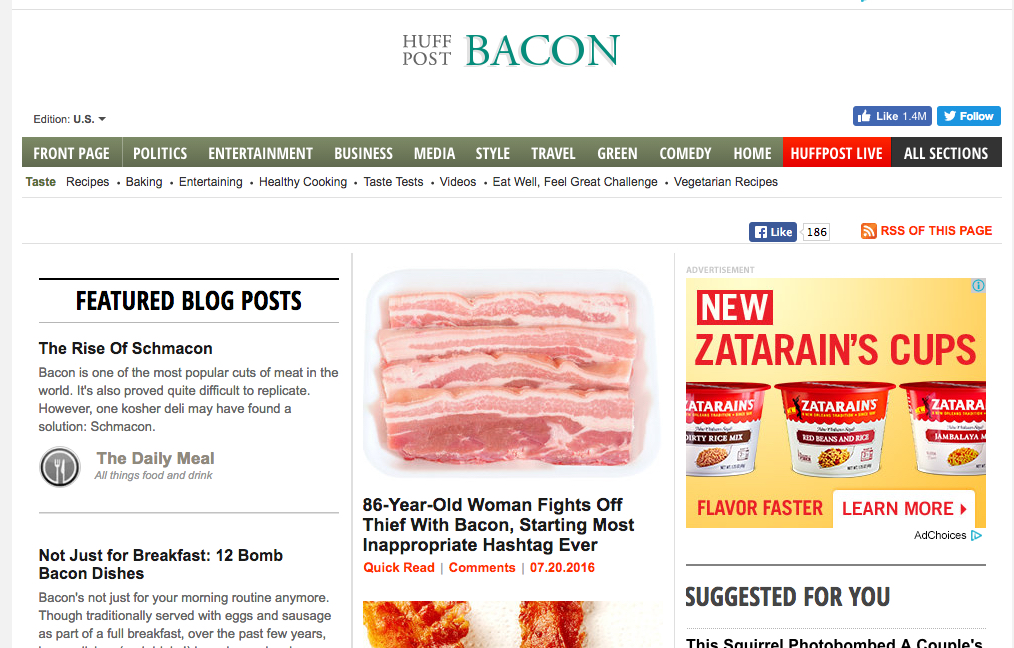
It's not a trend going away soon, so get on board.
5. Recipes
Recipes are a great way to draw traffic to your blog.
There's always a new diet fad, e.g., today's Whole30 is yesterday's Atkins, so there's always new recipes to be discovered.
6. Beginner guides
Before you can convince someone that you know the advanced stuff, start with 101 beginner guides.
My own beginner guides have been very popular.

Everyone has to start somewhere. Beginner guides are often the way bloggers build organic search traffic at the start, and they can even be done using infographics like this guide to Sharepoint.
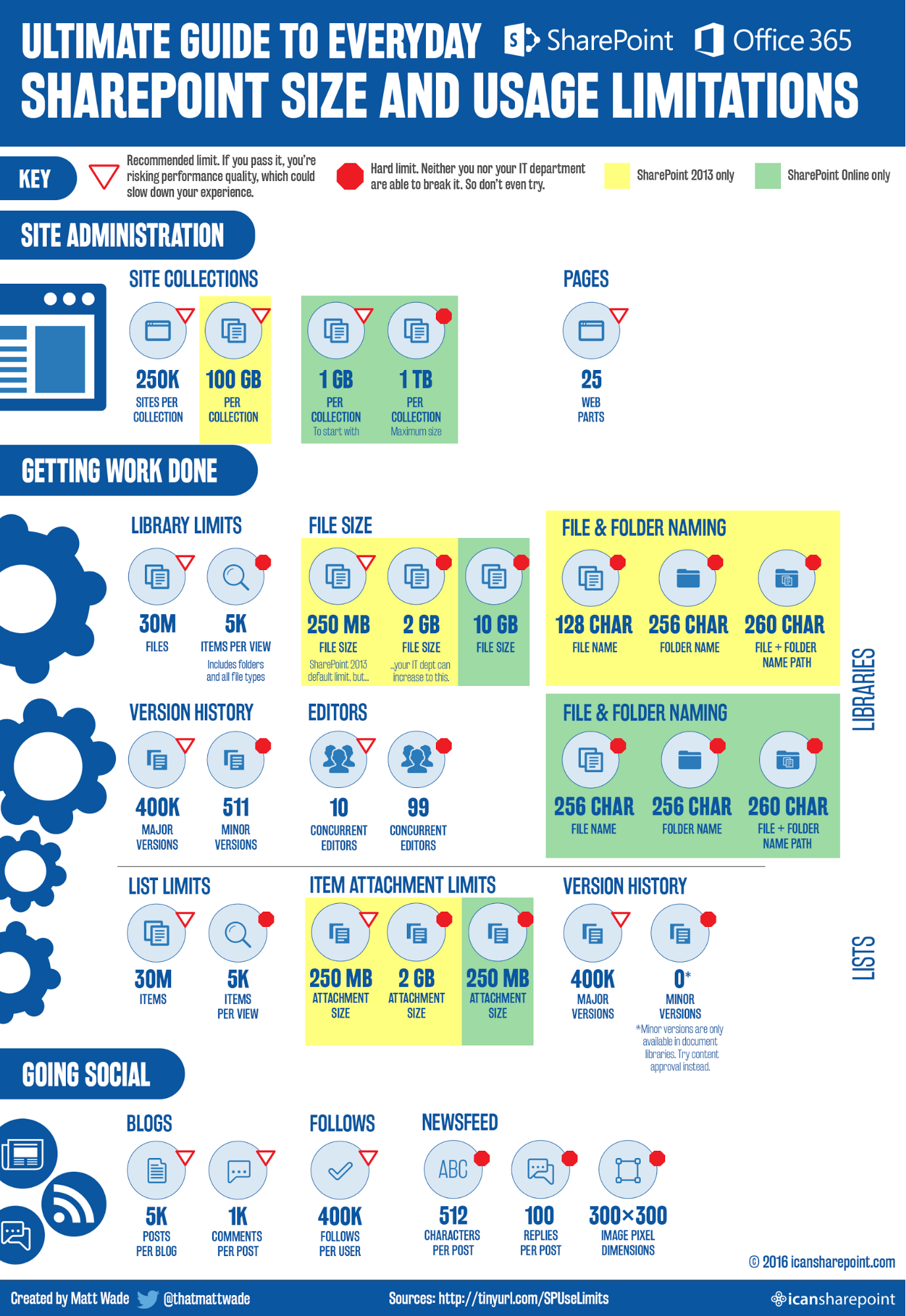
7. Ultimate guides
Subject matter experts, on the other hand, are always seeking out the most credible ultimate guides for their areas of expertise.
The term “ultimate guide,” however, is a bit overused. You can use some alternate terms if you want, such as these from Business Casual Copywriting:
- Essential Guide
- Complete Guide
- Uncensored Guide
- Last Guide to ____ You'll Ever Need
If you're an expert on something, creating an ultimate guide is an ultimately awesome way to do some ultimately popular blogging. 
8. Frequently asked questions
Be warned that posting answers to frequently asked questions online won't stop people from asking anyway.
They do, however, serve as a resource for people, and they are often featured on e-commerce websites-but overlooked on blogs. FAQs are blogging gold in any age.
Google's algorithm uses FAQs, questions, and other popular topics as part of its Knowledge Graph. If you're lucky, you might score a top spot in this coveted place.
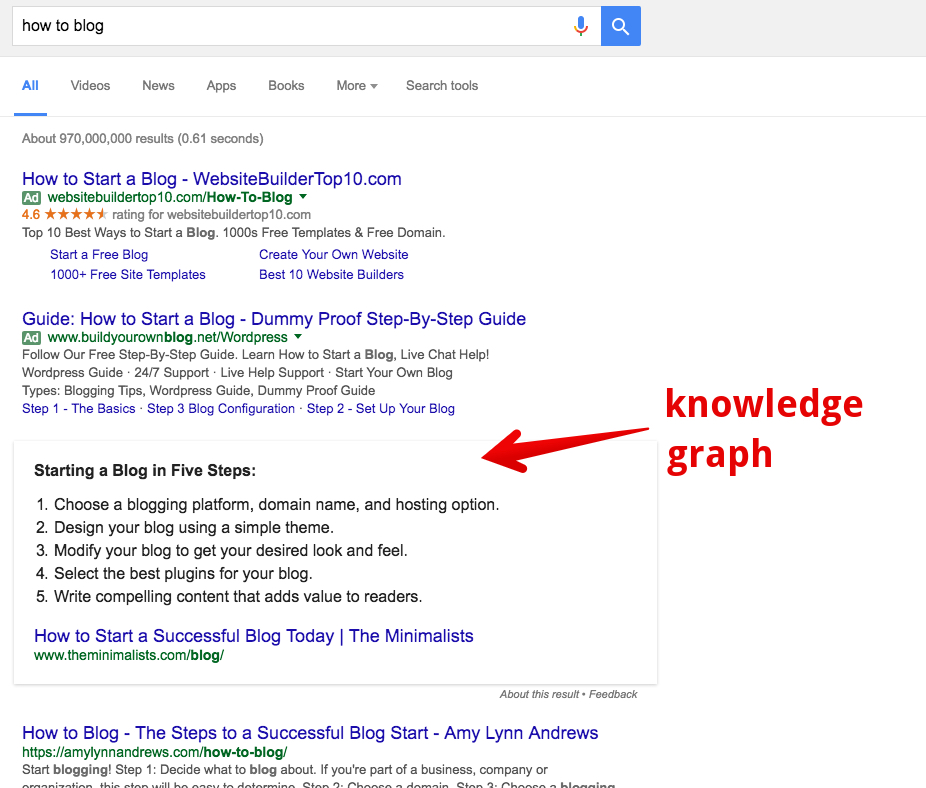
9. Interviews
The best way to set yourself apart from the ocean of bloggers is to gain insight from industry experts.
Whether it's with people on your team or from other companies in the industry, set up interviews on websites like helpareporter.com to gain valuable knowledge from a professional.
10. Personal stories
While personal stories may not be the keyword-filled anchor pieces you want, they're still valuable additions to any blog.
Through sharing personal stories, you give readers a chance to relate to your business on a personal level, which helps build brand affinity.
11. Charity and activism
Any type of charitable actions, events, or activism you support should be blogged about.
Crowdfunding sites such as KickStarter, IndieGoGo, GoFundMe, and the like appeal to the good in people, and showing you're active in these communities can build your readership. Even an occasional Change.org petition can help the brand image.
12. People features
Featuring select people-customers, professionals, authorities, leaders, etc.,-is a great way to add personality to your blog and create a sense of connection.
One of the most popular blogs doing this today is Humans of New York.
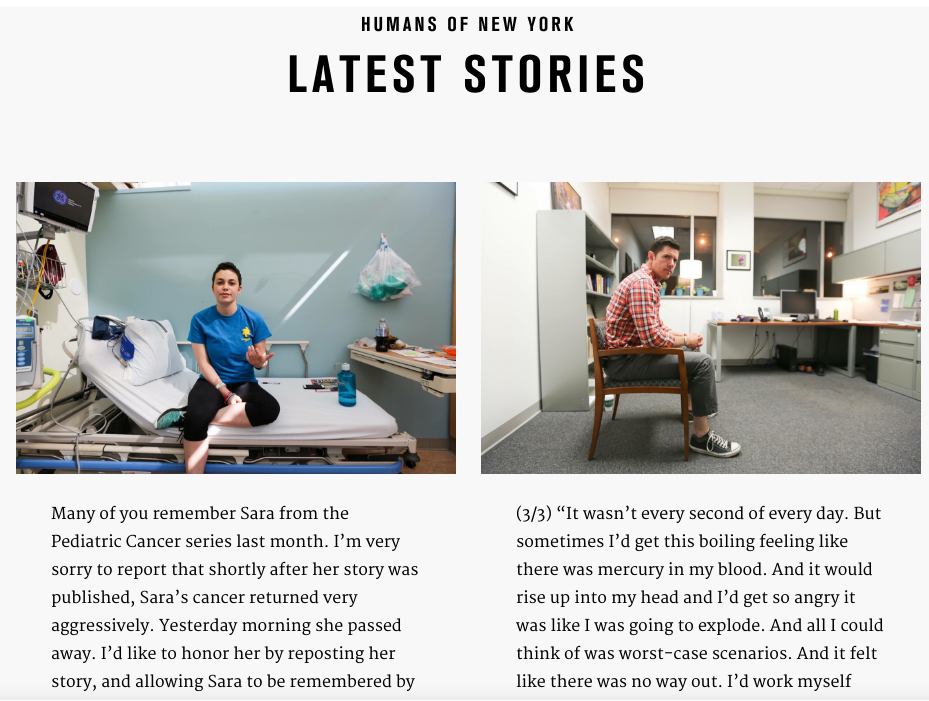
Occasionally featuring a real person-including photos, quotes, and other personal information-is a great way to produce strong engagement with your audience.
13. Product teviews
Not only are product reviews a trusted resource online that will draw traffic, but they are also a revenue stream for bloggers.
If you want to monetize your blog instantly, this is a smart move.
By linking to product pages through affiliate links like Amazon Affiliates, you can monetize a blog almost entirely on product reviews. Make sure you go niche, since this provides the greatest platform for credibility and expertise.
14. Sourced news
A great way to get media attention is to report on any type of sourced news. Long before the Internet, newspapers ruled the roost, and sourced news is still appreciated by news junkies.
With the right type of curation, selection, and commentary, this is a niche you can dominate.
15. Gifs and memes
It wasn't just listicles that made Buzzfeed so popular.
Memes and gifs are widely used on the site too.
Gifs give people the experience of a video and usually provide a ton of entertainment.
16. Myth-debunking
Every industry has facts and fiction, which is why shows like Mythbusters got so popular.
We love learning what we've been doing or thinking wrong this whole time, so popular bloggers debunk myths.
17. Virtual reality
VR is a growing industry that's only going to continue getting larger as time goes on.
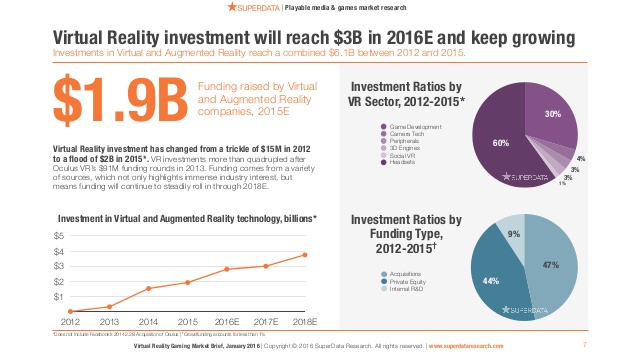
Analysts predict it'll reach $3 billion in investments by the end of 2016, so jumping on the bandwagon now could drive early adopter traffic.
18. Internet of things
Smart and connected devices are everywhere these days, and IoT experts blogging about IoT topics draw readers.
If you choose an IoT niche, you'll have to prove your mastery of the subject matter. The niche is full of people who know what's up.
19. Automation
For B2B businesses, automation is the buzzword of the day, so any posts regarding ways to automate something is Internet gold.
Automation, of course, is broad. You'll need to select a type of automation in order to drive truly valuable traffic.
20. Troubleshooting guides
I'm always on the lookout for reliable troubleshooting tips.
Troubleshooting guides speak to the pain many content seekers are looking to eliminate. They want to solve a problem, which is exactly what a successful troubleshooting guide will do.
21. Contests
A great way to draw interest in a blog while rewarding readers is by holding a contest.
Contests once got a bad rap as being scammy or cheap, but they are on their way back as a valuable traffic-driving technique.
24. Advice
Both Lifehacker and Lifehack rose to prominence by featuring valuable advice to readers on just about every subject.
Life advice, regardless of the subject matter, is a valued commodity.
25. Productivity tips
People want to do more faster and are always on the lookout for tools, technology, or tips to help them get more done. Productivity tips are the bread and butter of many online blogs.
26. Travel
No matter how connected we get, travel will always be a popular topic for online searches.
With 126 million passports in circulation in the U.S. today, you know people are traveling-or at least they want to.
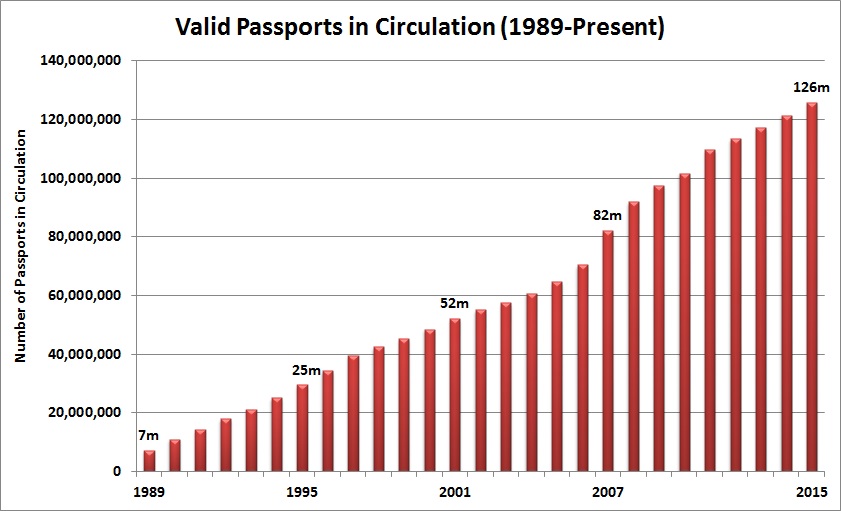
We all want to travel somewhere exotic and new. Any advice on how to do it cheaply is always appreciated.
27. History
History lessons are a great way to fill a blog with useful information.
Long-time bloggers often get caught up on current events, so occasional forays into history help create consistent content.
28. Funny stories
There will always be a place for humor in this world.
Posts that make people laugh get shared on social networks. There's a reason why Buzzfeed, The Onion, Clickhole, and BoredPanda are among the world's most popular websites.

29. Parenting tips
There will always be parents around, and any parenting tips are appreciated.
Blogging moms have conferences and conventions around the country, teaching people to follow in their footsteps and growing a sustainable industry.
Dad bloggers are also coming into their own as popular and respected places of information.
30. Upcoming events
You can always tell when an event is coming up by the buzz in the blogosphere. Whether it's global events like the Olympics or local events like a concert or book-reading, events saturate many of the most popular online searches.
31. Internet stars
Partnering with and featuring the biggest Internet stars helps grow your following, so many content creators are partnering up in order to stay competitive. If you don't know who PewDiePie and The Fine Bros are, it's time to do some homework.
32. Tech support
Companies that offer technology services, hardware, or software will often include technical support within their blogs.
Microsoft, Google, and Facebook have extensive knowledge bases online, and they're only growing along with everyone else's.
33. Gift ideas
Right about now, blogs around the Internet are preparing holiday gift guides to help guide consumers to the right presents to buy for their colleagues, friends, and family during the holiday season.
Affiliate links can help create revenue for these cornerstone articles.
34. Best-ofs
The best ____ of 2016, the 2000s, this century, and of all time are all great articles to read.
WatchMojo built an entire business on top 10 lists, and many others are following suit. Including best-of lists focused on everything within your industry is a great way to draw reader attention.
35. Respond to readers
People have always been interested in getting advice from publications, whether it's from old-school advice columnists such as Ann Landers or new-school ones such as Dan Savage.
Responding to readers makes you a real person having a real conversation and allows you to address individual concerns to prove you care.
Conclusion
Popular topics come and go.
You might pick a technique today only to find it went into disfavor the next day. That's part of the excitement and drama of blogging. You'll deal with it, pick up your traffic, and move on.
The topics, techniques, and tactics listed above are virtually guaranteed to make you the world's most popular blogger.
Maybe you've got all the traffic you need. Maybe you have the audience you want. Maybe you're content.
But if you want to see some improvement, it couldn't hurt to try a few of these.
What blogging ideas will you be using that have the promise to be popular?

